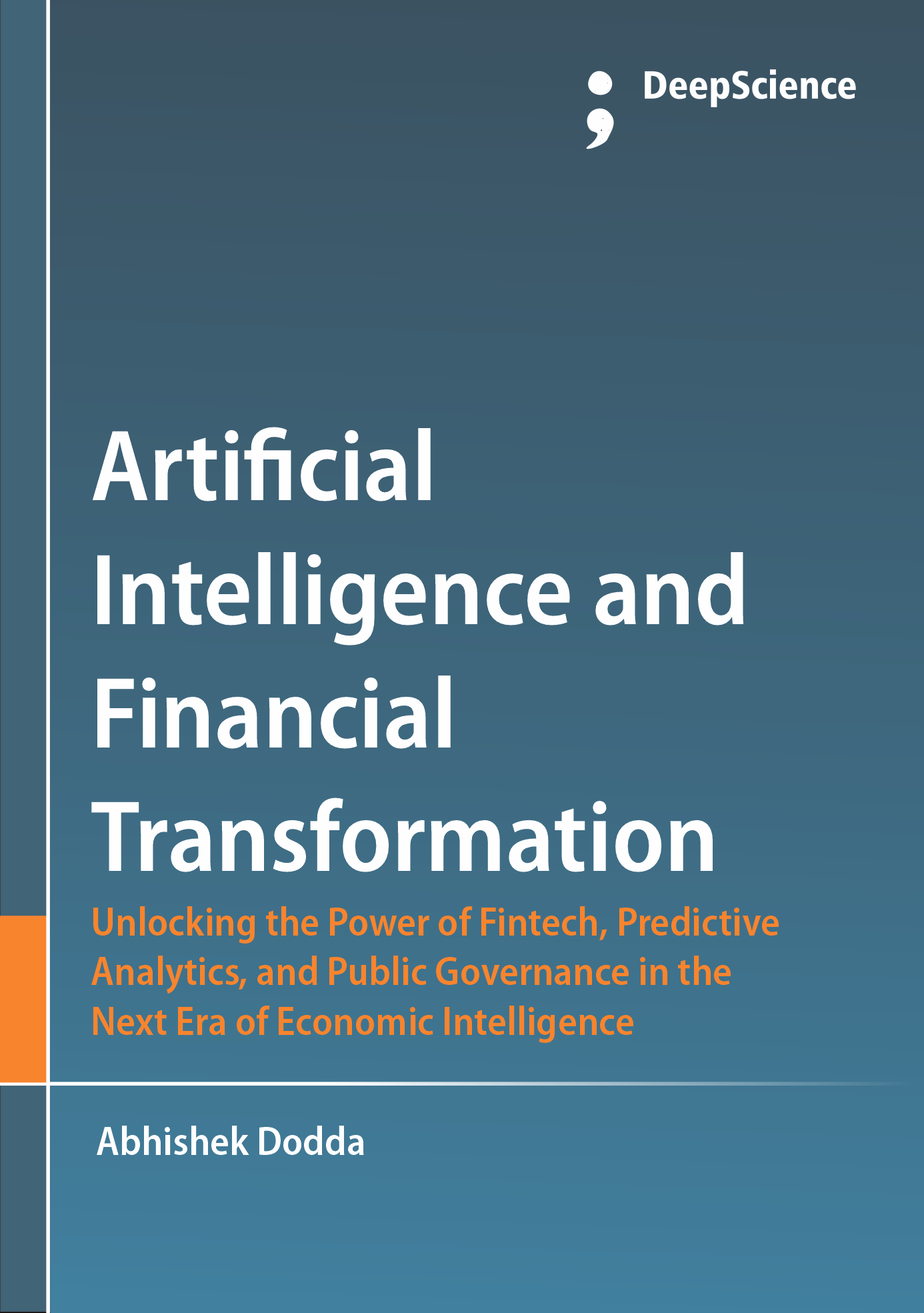Integrating advanced artificial intelligence into financial products, services, and operations
Synopsis
Advanced Artificial Intelligence (AI) e.g., Large Language and Vision Models (LLMs), has become the latest tool of technology firms seeking to drastically advance technology and its applications via Software 2.0 products that allow easy access by employees and consumers. The application of AI to financial services should now go beyond robotic process automation, and more fully exploit the task breakdown that financial products and their construction and administration require. The advent of more capable AI presents both challenges and opportunities to the financial services business model. LLMs and other forms of Machine Learning/Deep Learning can enhance the creation and maintenance of financial products, product range, product distribution, product sale, customer service, risk management, and finance function (Brynjolfsson & McAfee, 2017; Agrawal et al., 2019; Alzubaidi, 2020).
These AI could add value to financial products via their immediate accessibility/availability, personalization, imaginative use of data, continuous optimization from data, speech/natural language use, and incorporation of predictive modeling. The wide-ranging use of these technologies could produce large cost savings in product development, product support and the operation of customer management systems. First-mover advantage could accrue to firms that build strong internal proficiencies around these new technologies. Given the importance of best practice in the management of client relationships in financial services, it is not surprising that LLMs have generated great interest among finance functions in areas such as regulatory compliance, management reporting, internal audits, taxation, and cash flow forecasting (Chakraborty et al., 2018; Dugan & Wang, 2021).












